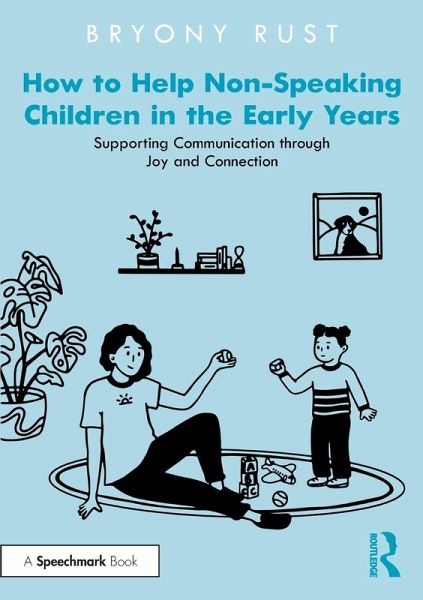
How to Help Non-Speaking Children in the Early Years
Supporting Communication through Joy and Connection
Versandkostenfrei!
Versandfertig in 1-2 Wochen
22,99 €
inkl. MwSt.
Weitere Ausgaben:

PAYBACK Punkte
11 °P sammeln!
This book includes key theory, a wealth of real-life examples and practical steps for developing communication. Centred around joyful connection, it is a valuable read for all early years practitioners, speech and language therapists, SENCOs and key people looking to support positive communication development with the children in their care.














